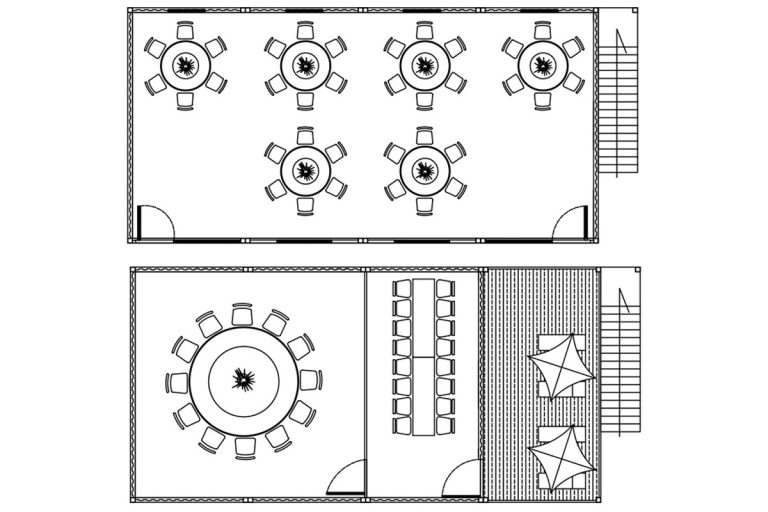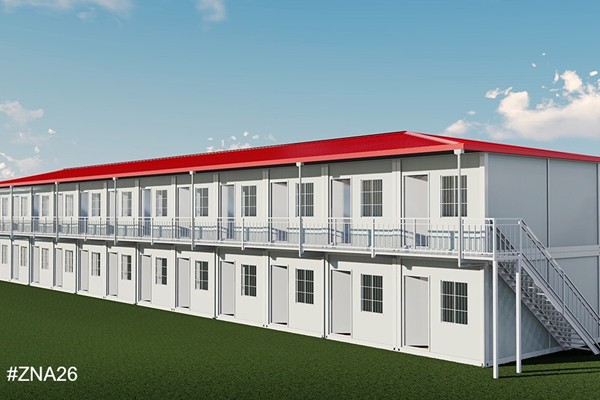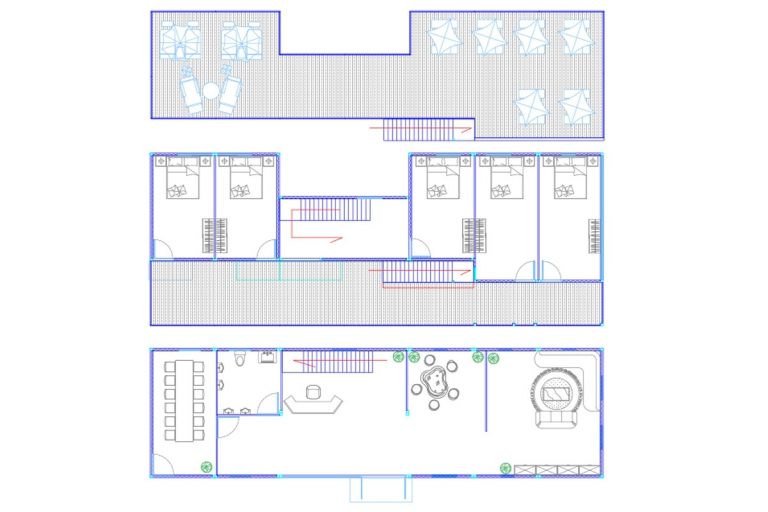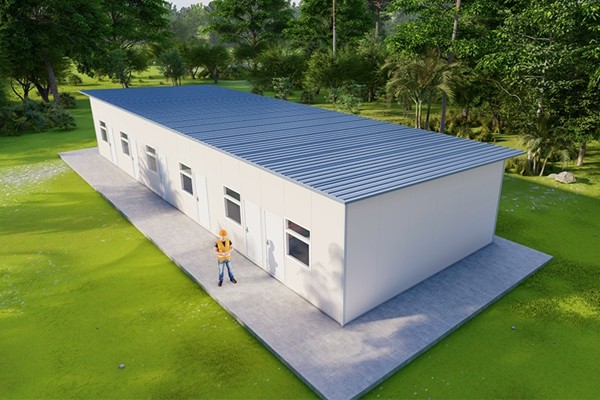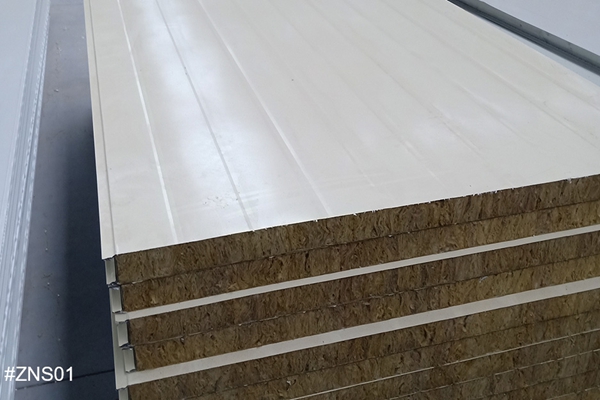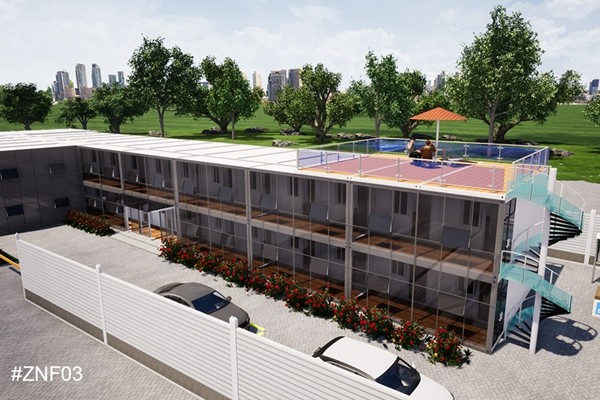prefab homes and prices
Prefab homes, often referred to as modular or manufactured homes, have been steadily gaining popularity due to their affordability, sustainability, and modern designs. As housing demands fluctuate and economic uncertainties loom, these homes present a viable option for many prospective homeowners. However, understanding the intricacies involved in price formation and what to expect from the purchase process is crucial.
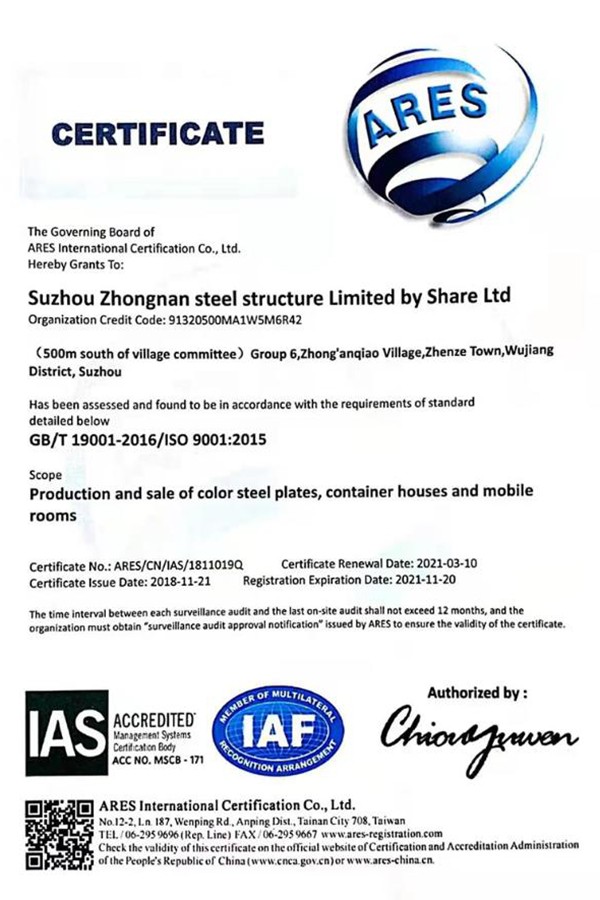
Firstly, prefab homes are constructed offsite in factories and then transported to the designated location for assembly. This method not only ensures quality control but also significantly reduces waste. Moreover, the controlled environment minimizes delays associated with climate and labor shortages, contributing to their cost-effectiveness.
From a pricing perspective, several factors influence the cost of prefab homes. The primary determinant is the quality of materials used during construction. High-end finishes, energy-efficient components, and eco-friendly materials typically increase the price. On average, prefab homes can range from $100 to $200 per square foot, but this varies depending on customization and location. In comparison, traditional homes can range significantly higher, making prefabs an attractive alternative for budget-conscious buyers.
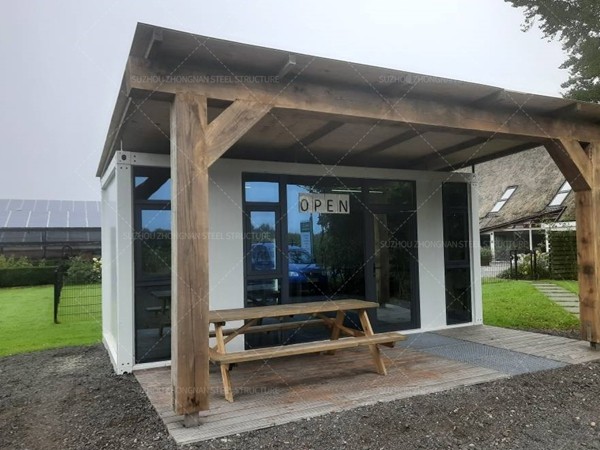
Another critical aspect to consider is transportation and site preparation costs. While offsite construction reduces some expenses, the logistics of delivering and assembling the home can add to the overall cost. Site preparation, including foundation laying, utility connections, and landscaping, is another significant expenditure that buyers should factor into their budget. It’s essential to consult with manufacturers and contractors to receive detailed estimates that encompass all these aspects.
Buyers should also be aware of financing options available for prefab homes. Although these homes are often more affordable, securing financing can be a bit more complex than traditional homes. Some lenders may regard prefab homes as personal property rather than real estate, affecting mortgage terms. However, an increasing number of financial institutions are recognizing the value of prefabs, offering competitive loan packages specifically designed for such properties. Prospective buyers should compare offerings from multiple lenders to secure the best terms.prefab homes and prices
The benefits of owning a prefab home extend beyond just cost savings. These homes are renowned for their minimal environmental impact. Many manufacturers prioritize sustainable practices, using recycled or renewable resources and incorporating energy-efficient systems into their designs. Features like solar panels, advanced insulation, and smart home technologies contribute not only to reduced utility bills but also to a smaller carbon footprint. This commitment to sustainability is particularly appealing to environmentally conscious consumers.
In terms of longevity and resale value, prefab homes have demonstrated considerable progress. With advancements in technology and design, these homes are built to withstand natural elements, adhering to stringent building codes and standards. As the stigma surrounding prefab homes diminishes, their resale values have started to appreciate, often outperforming traditional homes in certain markets.
Builder reputation is another critical factor influencing the experience of buying a prefab home. Engaging with reputable manufacturers who possess extensive experience and numerous positive customer testimonials can significantly enhance buyer confidence. A reputable builder will not only ensure high construction standards but also provide comprehensive warranties and after-sales support, fortifying the investment's long-term viability.
In conclusion, prefab homes offer a unique blend of affordability, durability, and sustainability, making them a compelling option for modern homeowners. By understanding the factors that influence pricing and actively engaging with experienced manufacturers and financial institutions, buyers can secure a home that aligns with their financial and environmental aspirations. As the housing market continues to evolve, prefab homes are poised to become a cornerstone of contemporary urban and rural living, providing a practical solution for those seeking an economical and eco-friendly homeownership journey.

